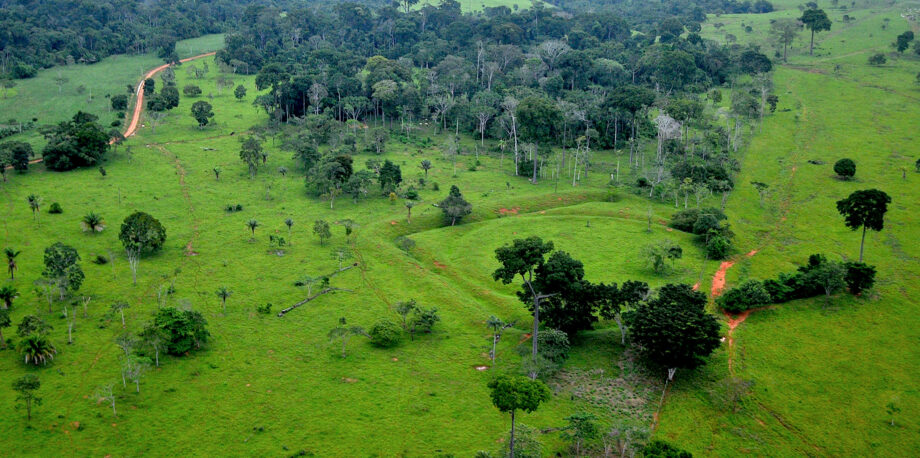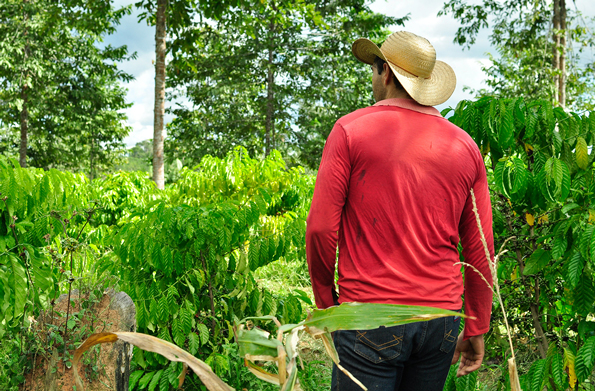ANCIENT AMAZONIAN SOCIETIES MANAGED THE FOREST INTENSIVELY BUT SUSTAINABLY — HERE’S WHAT WE CAN LEARN FROM THEM
The Amazon’s trees, soils and mysterious earthworks tell the story of the millions who lived there before European arrival

August 15, 2019 — When loggers and cattle ranchers began toppling the rainforest in Brazil’s far western state of Acre, they revealed a mystery: vast ancient earthworks, hidden for centuries under the trees.
These “geoglyphs” took the form of geometric shapes — squares, rectangles and circles — hundreds of meters across, marked out with ditches and raised mounds. Since the 1980s, around 450 geoglyphs have been identified in Acre alone, dating back between 650 and 2,000 years — offering new perspectives on the supposed pristine nature of the Amazon as well as insights into how agriculture and healthy ecosystems might coexist.
The Amazon has long been thought of as an untrammeled ecosystem, a wilderness relatively untouched by humans. Indigenous peoples were presumed to be so few in number, and live so lightly on the land, that they had a negligible impact on the environment.
But recent interdisciplinary research across the Amazon basin is overturning that old story. It’s showing instead that the rainforest’s early inhabitants numbered in the millions, and that they managed the landscape intensively, in complex and sustainable ways — offering lessons for how we manage the Amazon today.
Ancient Agroforestry
Jennifer Watling, currently an archaeologist at the University of São Paulo in Brazil, spent several seasons digging holes in some of Acre’s geoglyphs for her Ph.D. research at the University of Exeter in the U.K.
It is still unclear exactly what the geoglyphs were used for, Watling says. From the lack of household debris, it seems people didn’t live there, but perhaps visited for ceremonies and other special events. New tools, including the analysis of microscopic plant remains called phytoliths, are helping archaeologists find other stories in the soil.

…click on the above link to read the rest of the article…